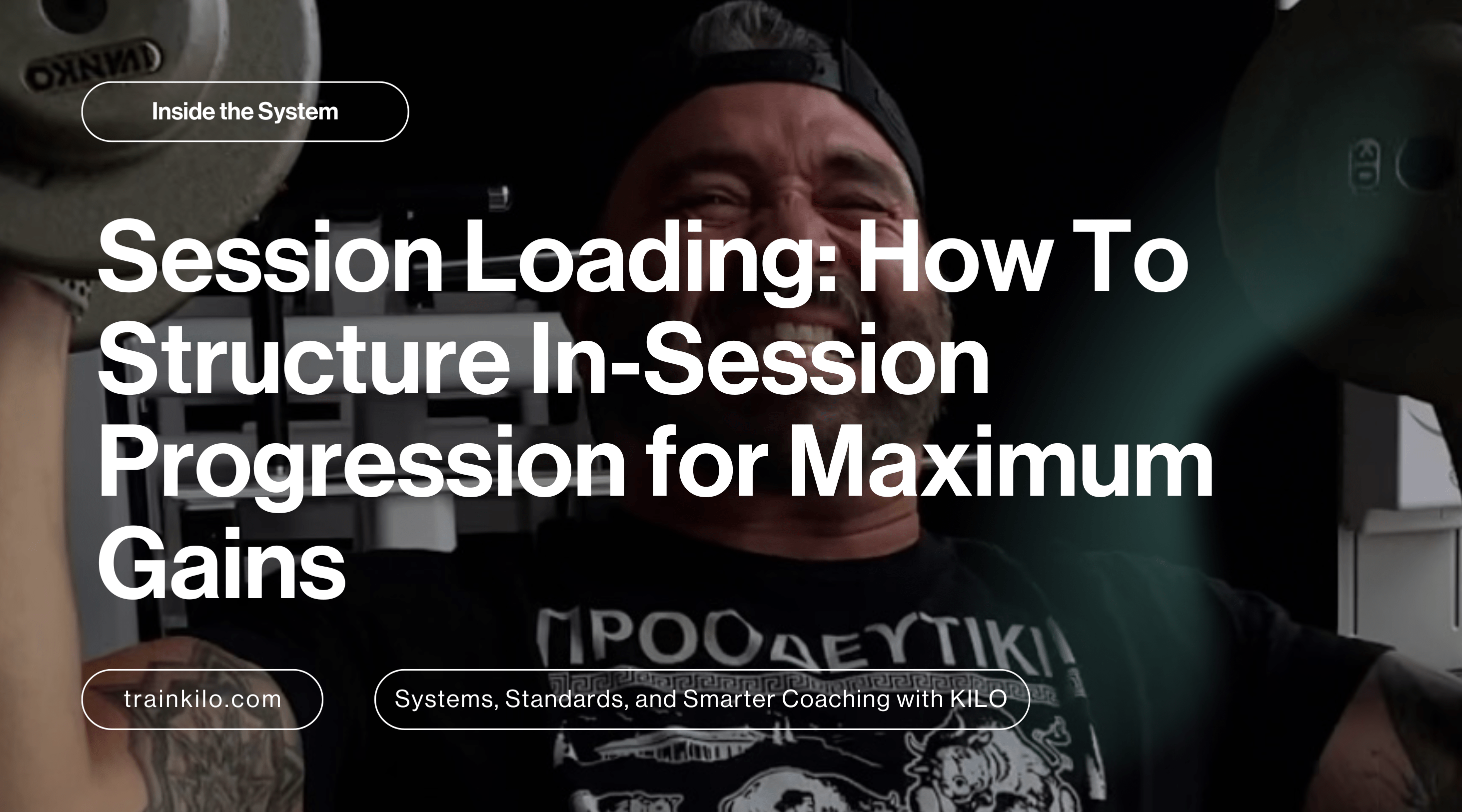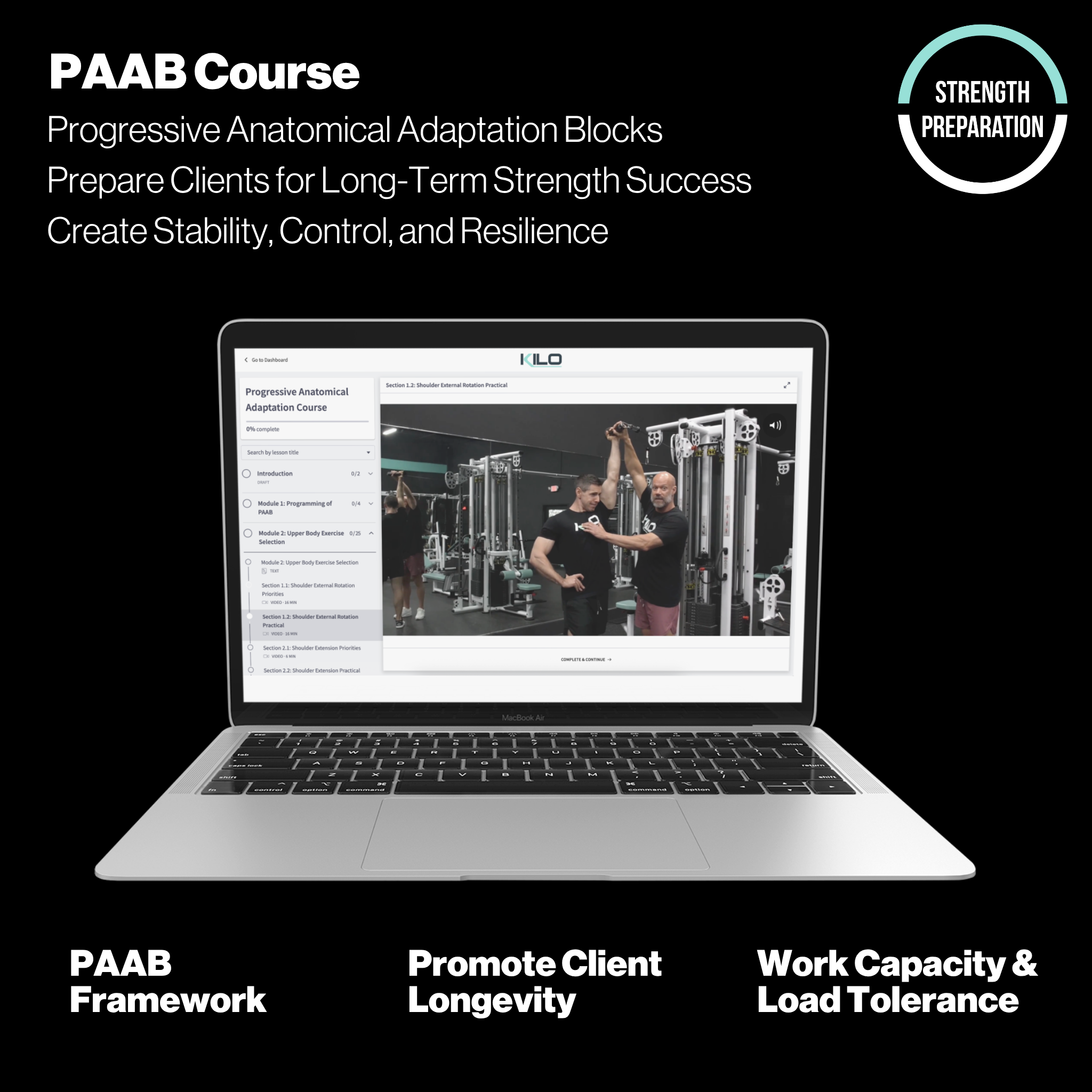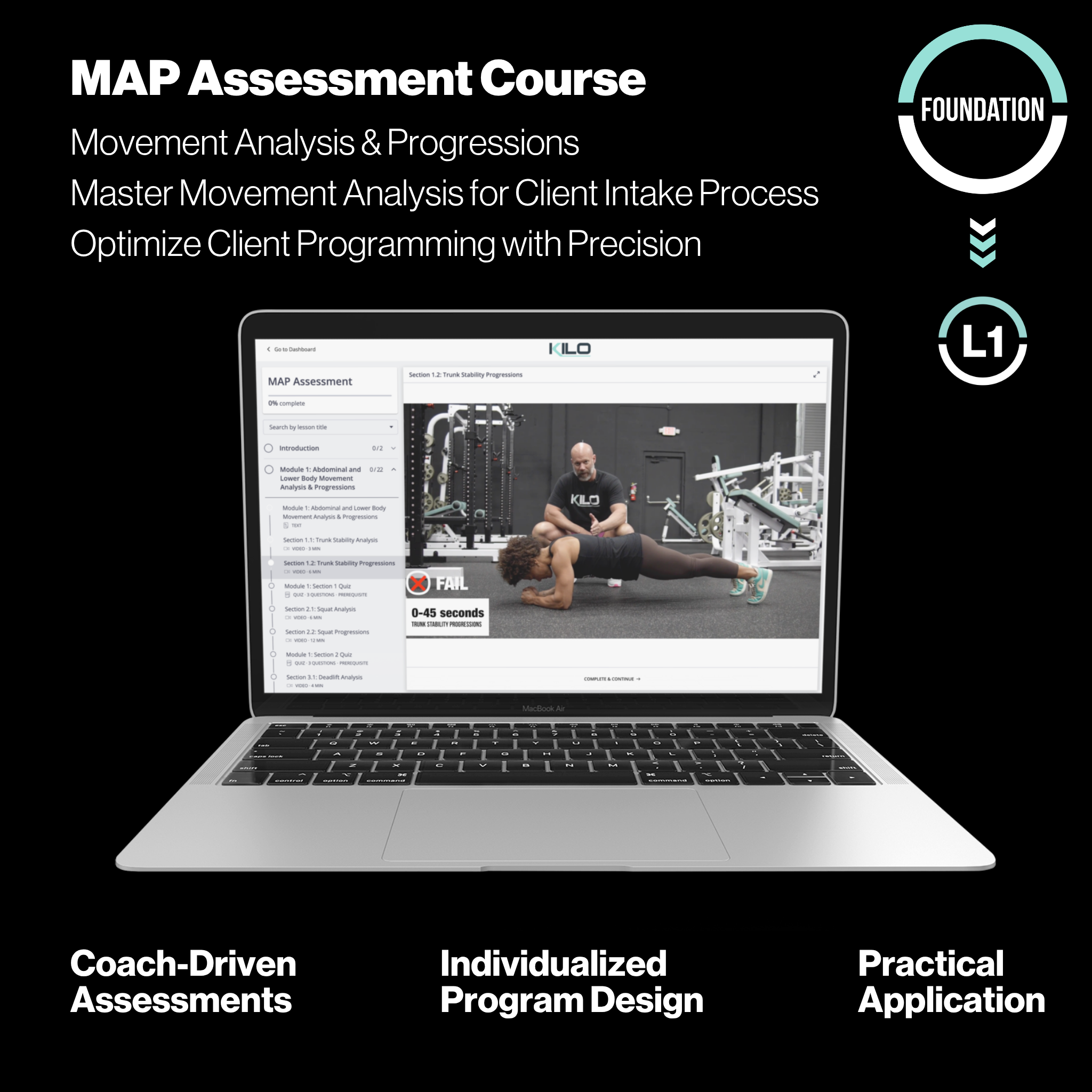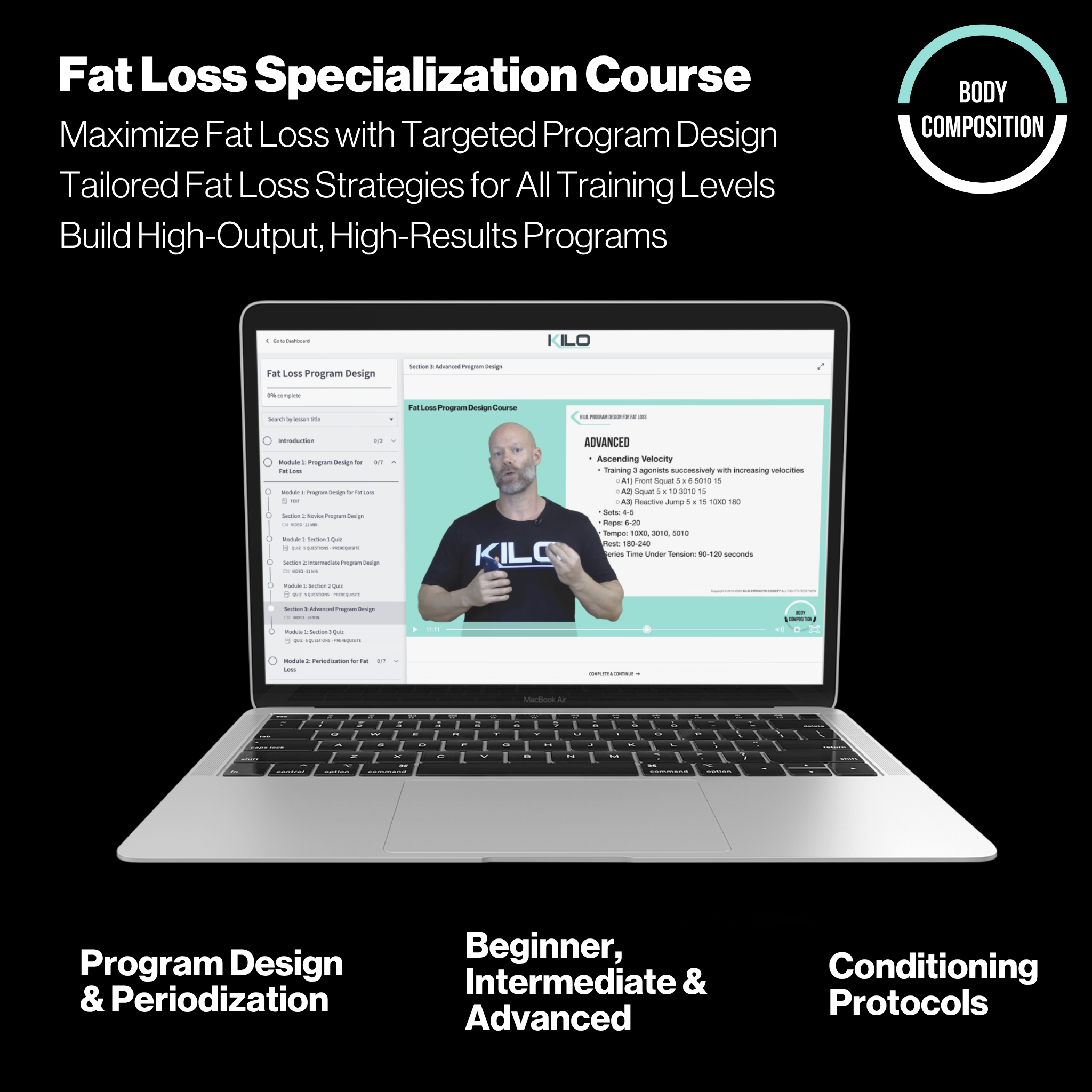At KILO, we believe what happens within a single training session is just as important as how we plan across weeks and months. The way we load exercises inside each workout, what we call "session loading", is a critical part of our system. Smart session loading drives progress, manages fatigue, and ensures each lifter is working at the right intensity for the right purpose.
This article breaks down how we apply session loading across our program design, with clear application to A-series (primary), B-series (assistance), and C-series (remedial) exercises. Whether you're a seasoned coach or an experienced athlete, this guide offers a full view of how to load with intention.
Understanding Session Loading at KILO
Session loading refers to how we organize the load of each set for a given exercise within a single workout. Our approach changes based on the role of the exercise in the program:
-
A-Series (Primary) → Step Loading or Complex Loading
-
B & C-Series (Assistance & Remedial) → Constant Loading to Failure
A-Series: Primary Lifts: Built to Progress
Our A-series lifts are the cornerstone of strength development. These lifts carry the highest potential for intensity and volume variation, so how we load them greatly matters. We use two key strategies:
1. Step Loading (Our Primary Tool)
Step loading ramps the load set by set across the exercise with the goal of hitting the RM load on the last set. This method is more sustainable, allows better fatigue management, and adapts well across long training cycles.
Example: Step Loading for 5x5 at a 1RM of 100 kg
| Set | Load (kg) | Reps |
|---|---|---|
| 1 | 75 | 5 |
| 2 | 77.5 | 5 |
| 3 | 80 | 5 |
| 4 | 82.5 | 5 |
| 5 | 85 | 5 |
Weekly Progression
-
Week 1: Starts with 75 kg, ramps to 85 kg.
-
Week 2: Starts with 77.5 kg, ramps to 87.5 kg.
-
Week 3: Starts with 80 kg, ramps to 90 kg.
This represents a 10% intensity range between the first and last set of the movement, targeting the highest load on the final set. This progression strategy builds preparedness gradually across the mesocycle.
Why Step Loading Works
-
Sustainable across long training periods
-
Minimizes excessive fatigue early in the session
-
Enables a higher peak load on the final set without draining overall performance
We use step loading across most macrocycle phases. It balances progression with recovery and suits most lifters extremely well.
2. Complex Loading (Used Sparingly)
Complex loading is reserved for advanced athletes and specialized phases. It involves advanced rep schemes (e.g., stage descending, wave loading, etc.) and results in greater fatigue. Because of its severity, we use it less frequently.
Example: Complex Loading with a 7,7,5,5,3,3 Stage Descending Rep Scheme at a 1RM of 100 kg
| Week | Set | Reps | Load (kg) |
|---|---|---|---|
| 1 | 1–2 | 7 | 75 |
| 3–4 | 5 | 80 | |
| 5–6 | 3 | 85 | |
| 2 | 1–2 | 7 | 80 |
| 3–4 | 5 | 85 | |
| 5–6 | 3 | 90 | |
| 3 | 1–2 | 7 | 85 |
| 3–4 | 5 | 90 | |
| 5–6 | 3 | 95 |
Loading Strategy:
-
Week 1: 5% below rep max loads (introductory)
-
Week 2: At rep max (baseline)
-
Week 3: 5% above rep max (near overreach)
Why Complex Loading Works
-
High neural and muscular demand
-
Excellent for strength development phases
-
Sharpens intensity tolerance
Caution: Complex loading creates significant fatigue. Only used for a short phase with experienced lifters.
B & C-Series: Assistance & Remedial Work: Volume with Control
For B- and C-series lifts, the goal shifts to strength support, muscular balance, and hypertrophy. These exercises don’t need advanced progression schemes. Instead, we focus on consistent execution to technical or concentric failure using constant loading.
3. Constant Loading to Failure
With this approach, the athlete uses the same load across all sets, aiming to hit the target reps on every set. Because failure is expected, some drop-off can occur early on. The goal is to match all reps before increasing load.
Example: 3x8 at 78 kg with a 1RM of 100 kg (B-Series)
| Week | Set 1 | Set 2 | Set 3 |
|---|---|---|---|
| 1 | 8 reps | 7 reps | 7 reps |
| 2 | 8 reps | 8 reps | 7 reps |
| 3 | 8 reps | 8 reps | 8 reps |
Progression Strategy:
-
Stick to the same weight until all sets hit the rep target.
-
Once achieved, increase load by 2-3%.
-
Expect a drop in reps after increasing load, and repeat the cycle.
Why It Works for B & C-Series
-
Trains work capacity
-
Generates manageable fatigue
-
Drives targeted hypertrophy
C-Series Example: 3x10 at Constant Load
-
Same principles apply as B-series, just with higher reps and slightly lower load.
Putting It All Together: Smart Session Design at KILO
Here’s how we typically organize session loading across a session structure:
| Exercise Series | Loading Type | Progression Focus |
|---|---|---|
| A-Series | Step or Complex | Volume & Intensity Ramps |
| B-Series | Constant to Failure | Hypertrophy & Volume Tolerance |
| C-Series | Constant to Failure | Muscular Balance & Specific Hypertrophy |
Session Loading Rules at KILO:
-
Primary lifts get the smartest progressions. Fatigue must be managed while building strength.
-
Assistance lifts challenge volume and hypertrophy. Failure is allowed but controlled.
-
Remedial lifts reinforce quality and movement. Focus is on precision and tissue resilience.
Final Thoughts
Session loading is a critical piece of the KILO programming puzzle. By applying the right method to the right movement, we can balance intensity, volume, fatigue, and progress over time.
- Step loading is our default for building strength efficiently and sustainably.
- Complex loading is for specialized phases and experienced lifters only.
- Constant loading to failure delivers reliable results for assistance and remedial lifts.
Train smart within each session, and the big picture takes care of itself.
Every set matters. Every rep has a purpose.








Share:
The Missing Link in Strength: Why Grip Training Deserves a Front Row Seat
Built by Design: How We Structure Upper Body Strength Sessions